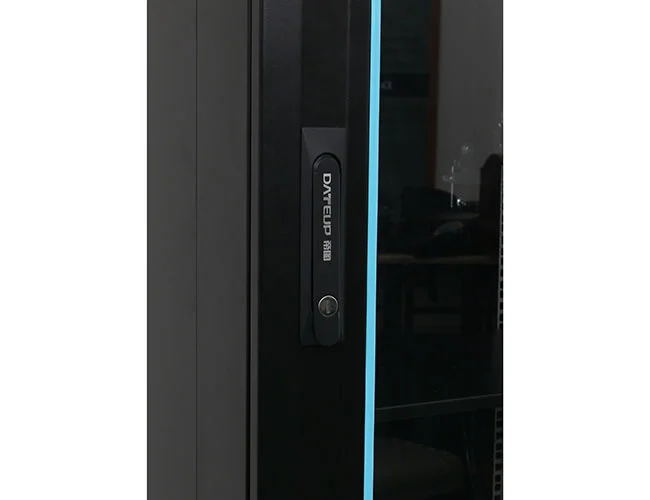News
Site Editor
 Site
https://leonetworkgroup.usa18.wondercdn.com/uploads/image/5fe152faa587d.png
Terminating a CAT6 cable on a patch panel is a fundamental networking skill. Patch panels are essential for organizing cable connections in a structured cabling system. A patch panel allows multiple devices to be connected to a single port, making it easier for network administrators to manage network connections.Terminating a CAT6 cable on a patch panel requires careful attention to detail. CAT6
Site
https://leonetworkgroup.usa18.wondercdn.com/uploads/image/5fe152faa587d.png
Terminating a CAT6 cable on a patch panel is a fundamental networking skill. Patch panels are essential for organizing cable connections in a structured cabling system. A patch panel allows multiple devices to be connected to a single port, making it easier for network administrators to manage network connections.Terminating a CAT6 cable on a patch panel requires careful attention to detail. CAT6
How To Terminate Cat6 Cable On Patch Panel
Views: 705
Author: Site Editor
Publish Time: 2023-07-17
Origin: Site
Terminating a CAT6 cable on a patch panel is a fundamental networking skill. Patch panels are essential for organizing cable connections in a structured cabling system. A patch panel allows multiple devices to be connected to a single port, making it easier for network administrators to manage network connections.
Terminating a CAT6 cable on a patch panel requires careful attention to detail. CAT6 cables have eight wires twisted in pairs, unlike the four wires in a typical phone cable. You'll need to be familiar with the T568A/B wiring standards to perform this task.
Here are the steps to terminate a CAT6 cable on a patch panel:
Step 1: Measure and Cut the Cable
Before terminating the cable, measure and cut it to the appropriate length required to connect the patch panel. Ensure there is enough slack to connect the cable to the patch panel.
Step 2: Strip the Cable
Remove about 1.5 inches of the cable's outer jacket to expose the wires. Next, untwist the pairs and straighten them out. Use a wire stripper to strip about 0.5 inches of insulation from each of the eight wires, taking care not to nick the copper wires.
Step 3: Group the Wires
Once the wires are exposed, group them according to the T568A/B wiring standard. For T568A, the wire color scheme is green-white, green, orange-white, blue, blue-white, orange, brown-white, and brown. For T568B, the wire color scheme is orange-white, orange, green-white, blue, blue-white, green, brown-white, and brown.
Step 4: Insert the Wires into the Patch Panel
Insert the wires into the corresponding numbered ports on the patch panel. Ensure that the wires are properly seated by pushing them in until they click. Check that the wires are in the correct order and that none of them are loose.
Step 5: Punch the Wires
To secure the wires, use a punch-down tool to push the wires into the IDC (insulation displacement connector). A punch-down tool will strip the insulation and make a connection simultaneously, making it an essential tool for terminating patch panels.
Step 6: Test the Connection
Finally, test the connection using a cable tester to ensure that all wires are correctly connected. A cable tester will test for connectivity, as well as wire mapping and continuity. Once completed, you can attach your device to the patch panel port to establish a network connection.
In conclusion, terminating a CAT6 cable on a patch panel requires careful attention to detail, but it is not a difficult task. A properly terminated cable ensures a reliable network connection. By following these steps, you can successfully terminate a CAT6 cable on a patch panel and keep your structured cabling system organized and functional.
If you want to know more about industrial network cabinet,china fiber optic splice closure,china fiber optic distribution box,please consult the fiber optic splice closure factory








